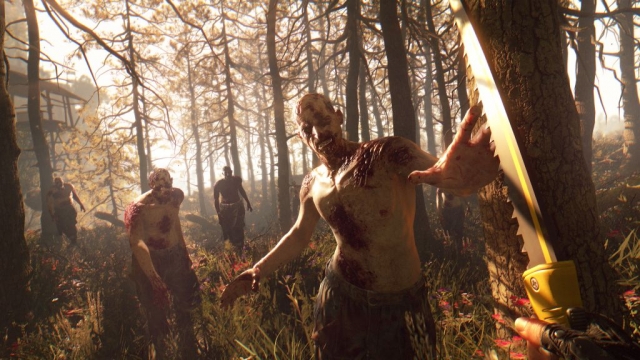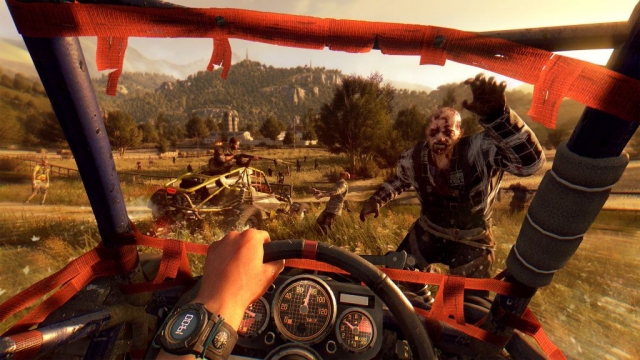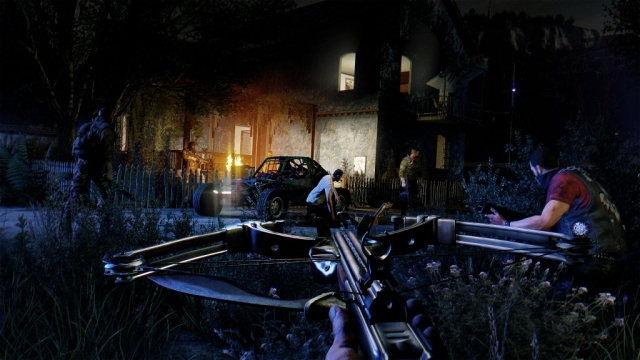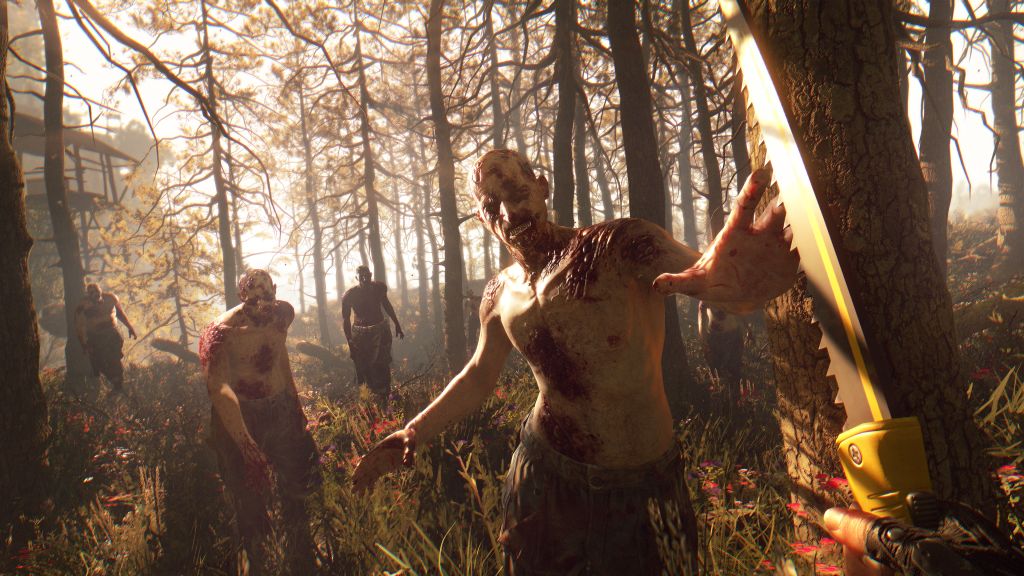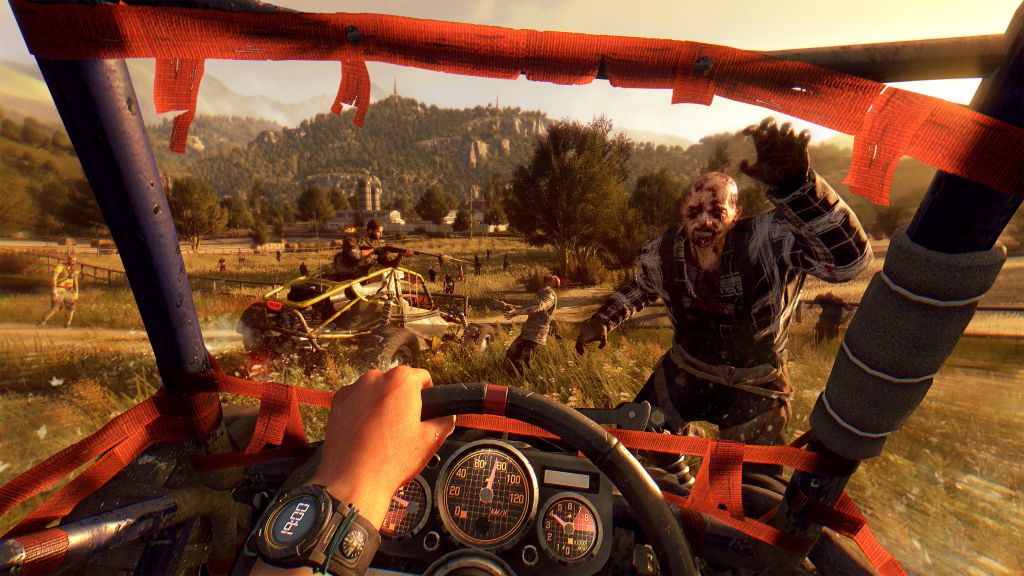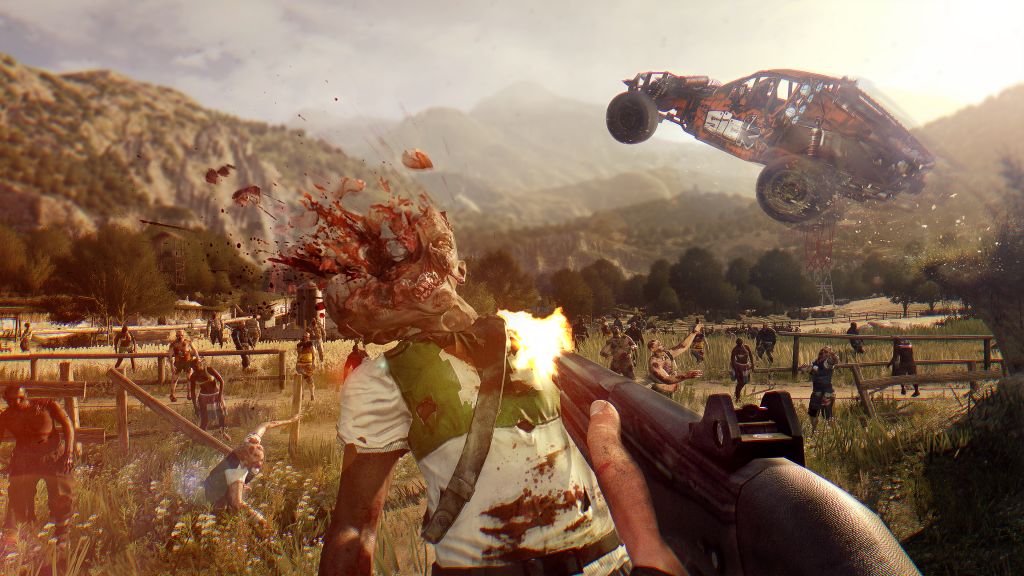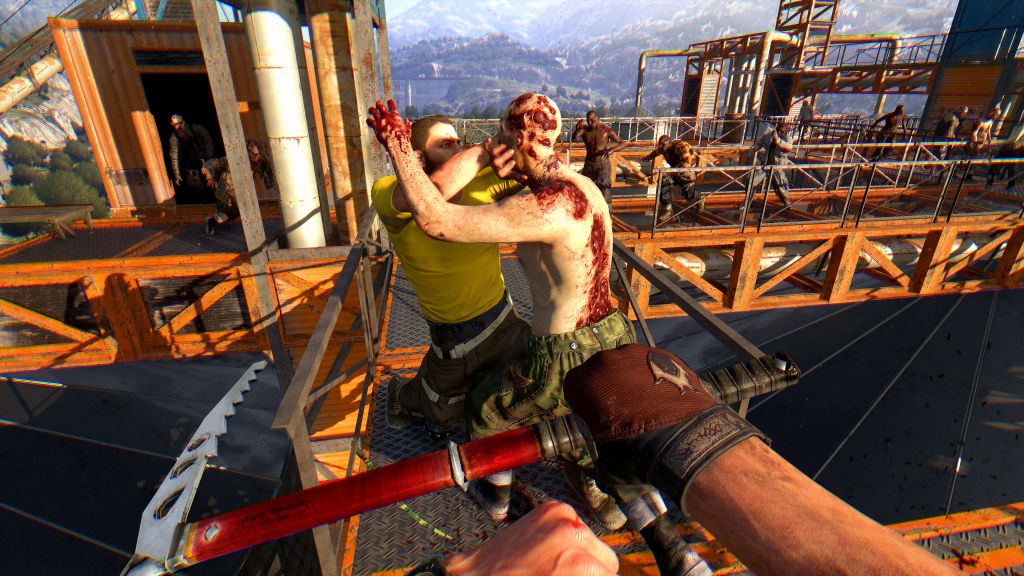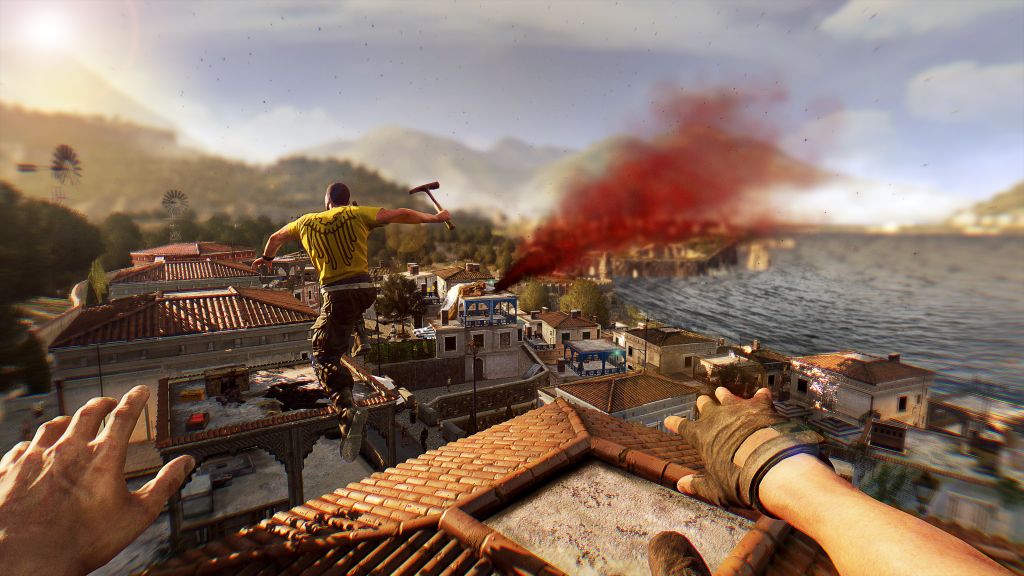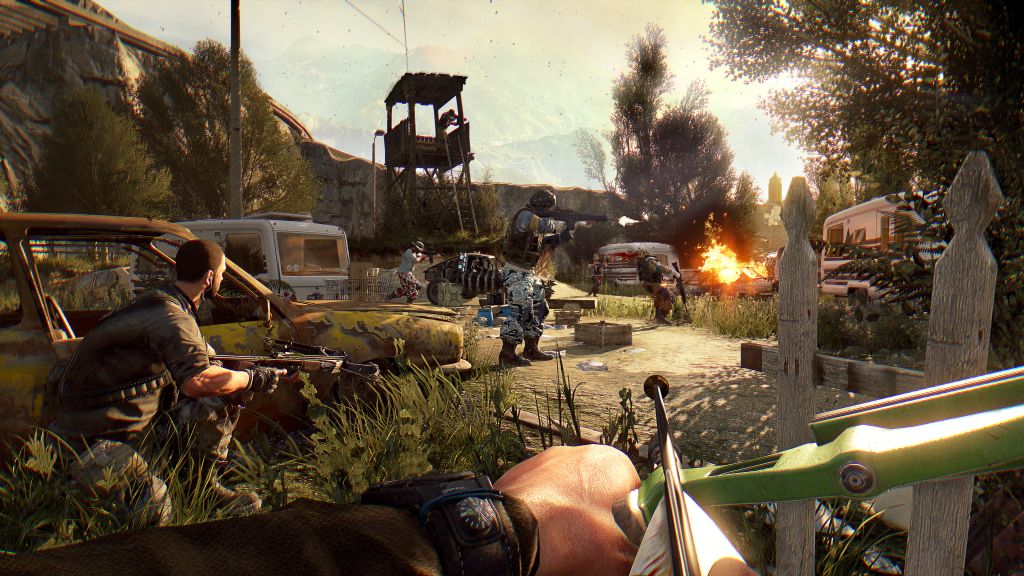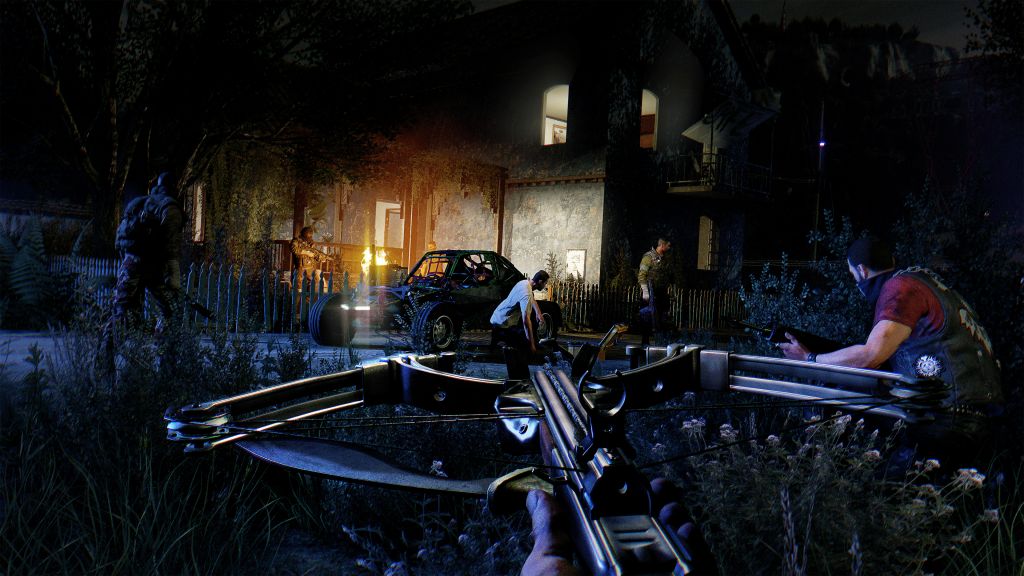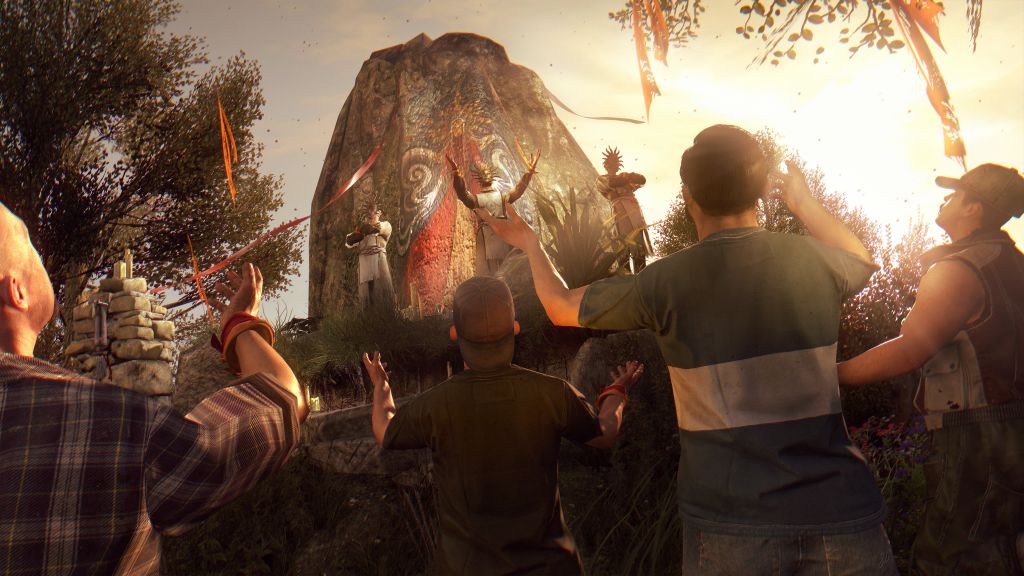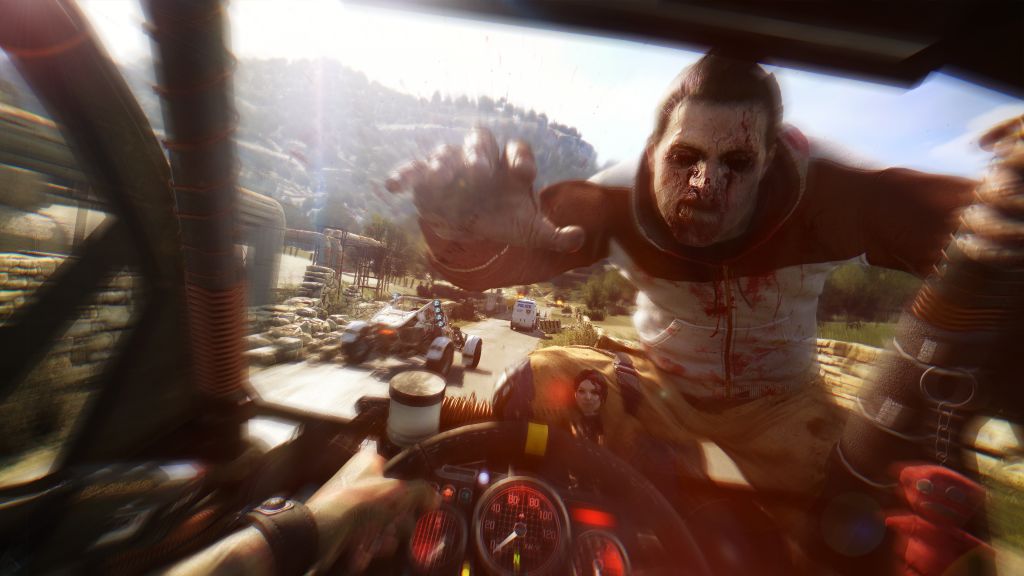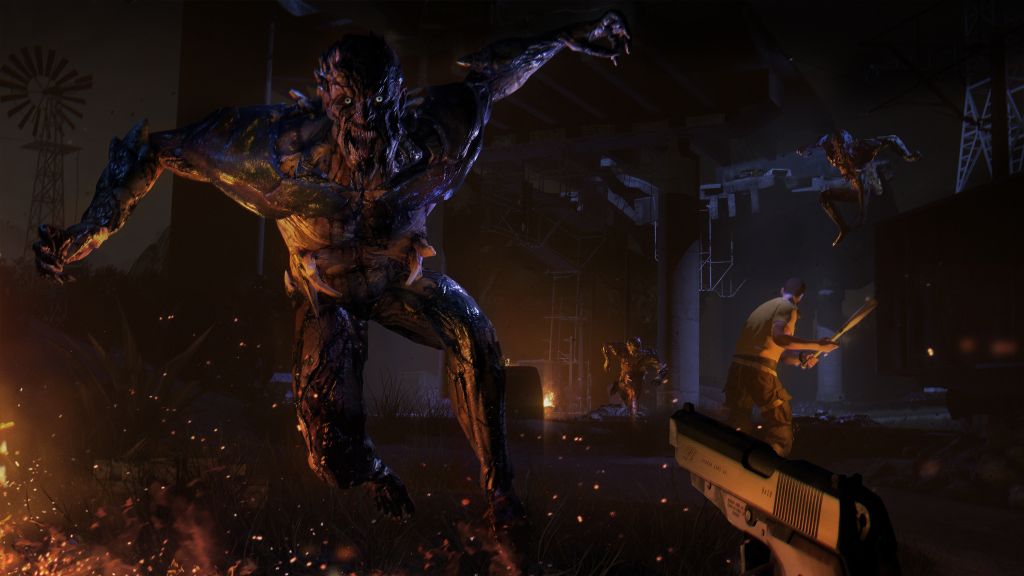Dying Light: The Following
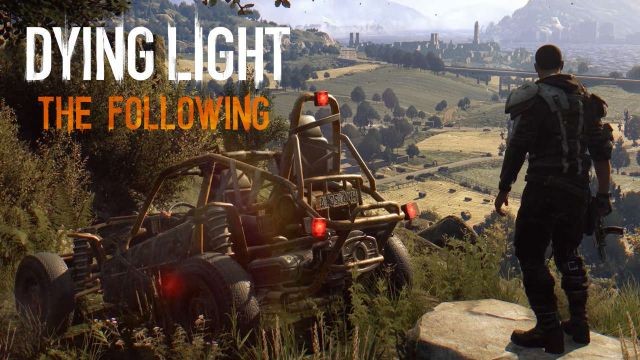
In the review I wrote last year for Dying Light, my argument was that it was a good base concept bogged down by a lot of poor decisions along the way. The gunplay is somewhat terrible, for example, and there are several types of enemies that just didn’t need to be there. Whenever you were free to run around the rooftops and back alleys of Harran, staying one step ahead of a mob of zombies or kicking the undead off of rooftops, it’s an almost transcendent game, but every time it deviated from that formula, it suffered for it.
The Following continues that trend. It takes the player out of the confines of the city of Harran and into the surrounding countryside, where several farm communities are huddled up around a depopulated suburb, in search of a cure for the disease that’s been turning people into several flavors of homicidal mutant.
It offers a new map that’s bigger than either of the original game’s, but it’s almost all flat, open space. As a result, instead of free-running across balconies and rooftops, one of your first tasks is to find and steal an old, durable dune buggy from a nearby encampment of bandits. That’s where the game’s problems start.
Playing Watch_Dogs two years ago let me articulate something that I’d been thinking about for a while, in regards to open-world games: how much I like them is basically down to how fun it is to travel. Most open-world sandbox games will throw in a lot of events or missions that involve a lengthy trip across the entire map, in order to encourage emergent gameplay; they’re hoping you’ll get jumped by a random encounter, distracted by collectibles, or stumble across something that you’ll want to explore. It’s the primrose path of the genre, where a simple drive to the other side of the city turns into a four-hour diversion, so now you’ve somehow ended up on the wrong side of the map entirely, you’re nowhere near the objective you set out to accomplish, and it’s 4 AM on a work night.
In a fun open-world game, at least for me, the simple act of traveling is engaging enough that I don’t mind that blatant attempt to distract me. In InFamous or Sunset Overdrive, I can get a lot of entertainment out of just bouncing across the city; in the lesser Grand Theft Autos or Watch_Dogs, I just steal a car and drive for ten minutes, maybe listening to the radio. Saints’ Row has the same issue to start with, but the city’s insane, the radio stations are on point, and eventually I can just fly around on a hovercycle or something.
In Dying Light’s base game, you’re constantly running, jumping, and dodging, in a way that encourages the player to experiment with new approaches. If there’s a phone wire or decorative lamppost on hand, you can probably jump onto it, and once you have the grappling hook, all bets are off. It’s an engaging and entertaining way to get around.
The Following, for the most part, replaces that with the use of the dune buggy, then asks you to drive several miles to get anywhere and saddles it with its own talent tree. The buggy is almost ridiculously durable, and running over a dozen zombies is always good for a laugh, but off-roading is harder than it has to be and you’re always scrounging for fuel and car parts. If you run into anything that explodes, such as the oddly common “Boomer” zombies, it turns into a chase scene, as suddenly the volatile “runner” zombies are fast enough to keep pace with a moving car.
At the same time, setting a game like Dying Light in flat, hilly countryside does a lot of damage to what made the game fun in the first place. While you rapidly developed to a point where average zombies just weren’t a big deal, one of the primary weapons in the open-world segments was always your basic maneuverability. You were never truly cornered, because there was always a wall to climb or a rooftop to grapple onto. Putting you into situations where your only real option is to run or drive away isn’t just less fun, but it runs against Dying Light‘s strengths.
I’d probably be more positive about The Following if it were its own thing, with systems built to match. Tacking it onto Dying Light is a case of a square peg being made to fit a round hole, as if Techland spent last summer watching and re-watching Fury Road and decided to slap it onto their existing game.
I have a few other complaints, such as the weird power curve (you basically shouldn’t start The Following at all until you’re at least close to maxed out in all three talent trees) and the ending, which goes directly against much of what I like about the main game’s mood. At the end of the day, I’m just not a huge fan of the car and find myself going out of my way to avoid having to use it. At points where the car’s unusable, The Following is just more Dying Light, which is still a fun but flawed experience, and those are also the points where the expansion is at its best.
Reviewed By: Thomas Wilde
Publisher: Warner Bros. Interactive Entertainment
Rating: 70%
——————————————————————————–
This review is based on a digital copy of Dying Light: The Following for the PC provided by Warner Bros. Interactive Entertainment.
 Game Over Online
Game Over Online